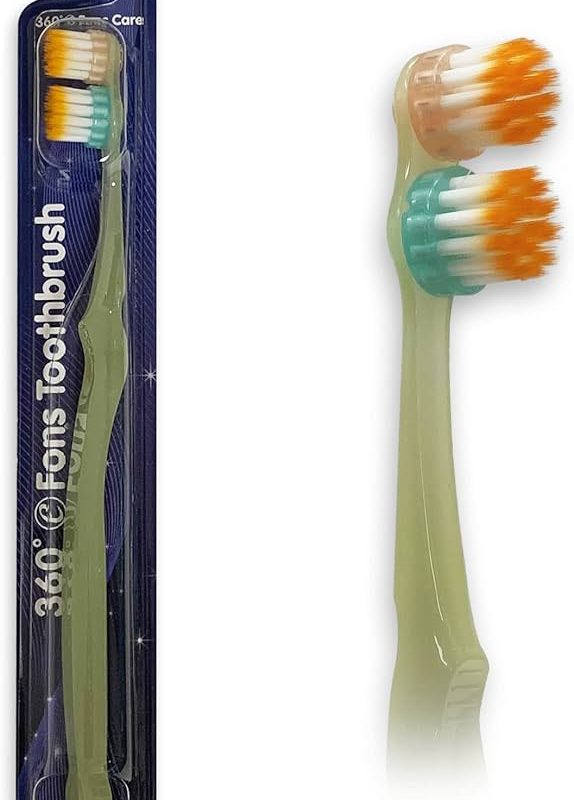Introduction:
It’s essential to maintain proper hygiene for your toothbrush, especially after recovering from an illness, to prevent reinfection and promote oral health. Cleaning and sanitizing your toothbrush can remove residual bacteria and viruses, ensuring safer use. This comprehensive guide outlines effective methods and best practices for cleaning your toothbrush after being sick.
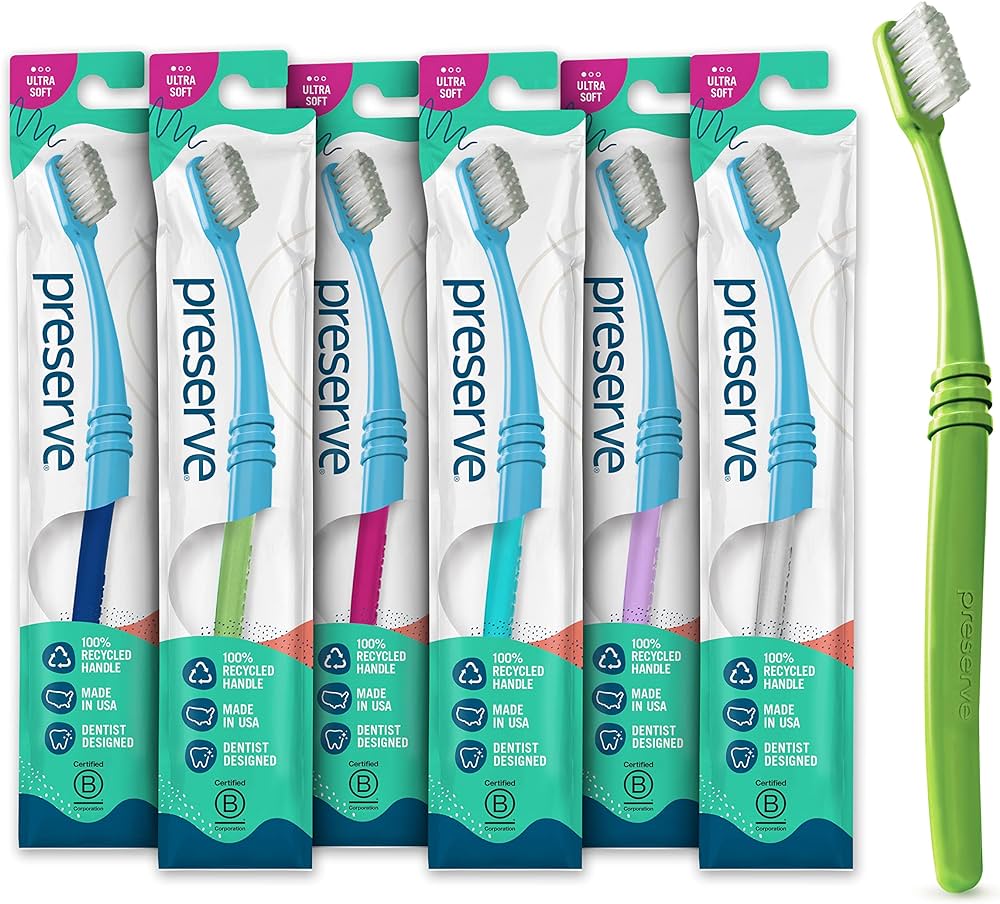
How to Clean a Toothbrush After Being Sick:
What Are the Best Practices for Ensuring Hygiene and Safety?
Understanding the Need:
Why Is It Important to Clean Your Toothbrush After Illness?
Understanding the importance of cleaning your toothbrush after being sick highlights the role it plays in preventing reinfection and maintaining overall health.
Harboring Bacteria:
Residual Germs:
Bacterial Growth: Toothbrushes can harbor bacteria and viruses from your mouth, particularly after an illness. The moist environment of a toothbrush is conducive to microorganisms’ growth and survival.
Risk of Reinfection:
Reintroducing Pathogens: Using a contaminated toothbrush can reintroduce pathogens into your system, prolonging recovery or causing a recurrence of the illness.
Promoting Hygiene:
Oral Health:
Maintaining Cleanliness: Properly cleaning your toothbrush ensures better oral hygiene, reduces the risk of transmitting bacteria, and promotes a healthier mouth environment.
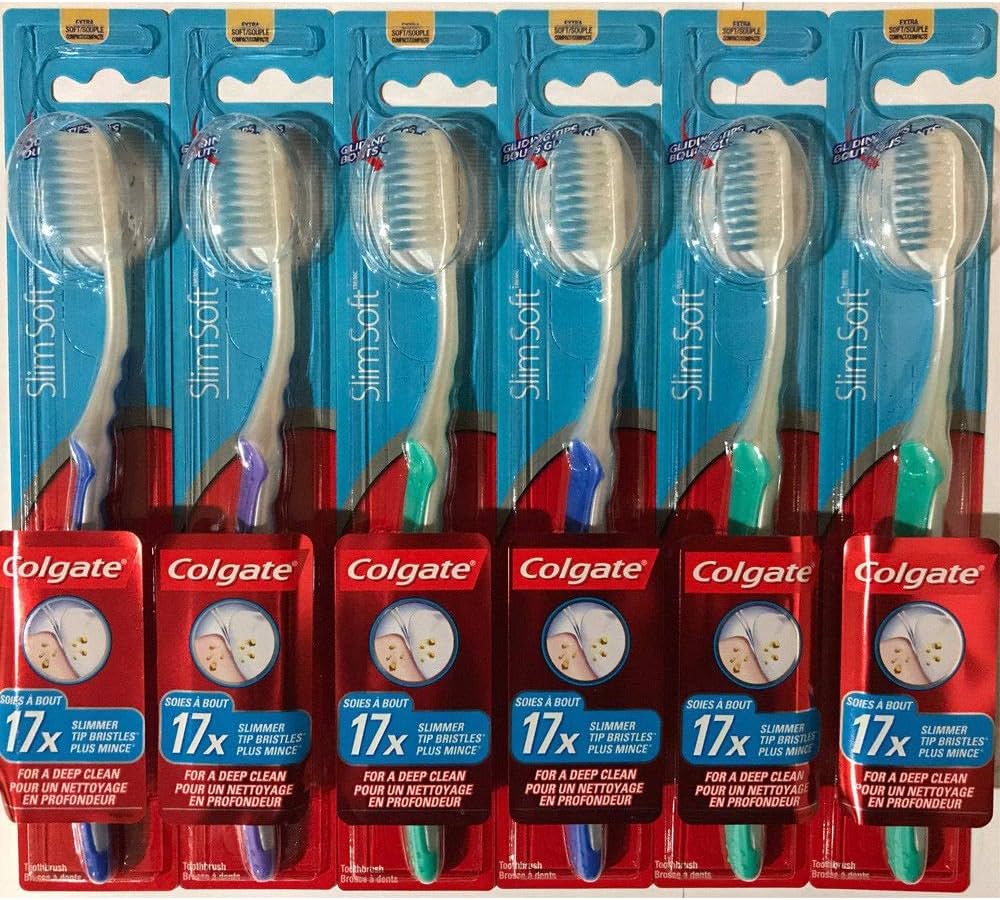
Sanitizing Practices:
How Can You Effectively Sanitize Your Toothbrush After Being Sick?
Several methods can effectively sanitize your toothbrush and eliminate bacteria or viruses. Each method suits different preferences and available resources.
Boiling Water Method:
Simple and Effective:
Boiling Process: Boil water in a pot and remove it from the heat source. Place your toothbrush head (bristles) into the hot water for 3-5 minutes to kill germs. Be cautious not to damage the toothbrush handle if it is not heat-resistant.
Post-Boiling Rinse: After boiling, rinse the toothbrush under cold water to remove any remaining debris and to cool it down.
Hydrogen Peroxide Solution:
Antibacterial Soak:
Preparation: Prepare a 3% hydrogen peroxide solution. This concentration is safe and effective for killing bacteria and viruses on your toothbrush.
Soaking: Submerge the toothbrush head in the hydrogen peroxide solution for about 10 minutes. Rinse thoroughly with water after soaking to remove any residual solution.
Dishwasher Cleaning:
High-Temperature Sanitation:
Dishwasher Safe: If your toothbrush is dishwasher-safe, place it in the dishwasher’s utensil holder and run it through a hot water cycle. The high temperature and detergent help sanitize the toothbrush.
Proper Placement: Ensure the toothbrush is secure and not touching any other items to prevent cross-contamination.

Mouthwash Soak:
Antimicrobial Properties:
Choosing Mouthwash: Use an antibacterial mouthwash, preferably one with a high alcohol content, for its antimicrobial properties.
Soaking Process: Soak the toothbrush head in the mouthwash for about 10-15 minutes. Rinse with water after soaking to remove the mouthwash residue.
UV Sanitizers:
Advanced Technology:
UV-C Light: UV sanitizers use UV-C light to kill bacteria and viruses. These devices are designed specifically for toothbrushes and provide a convenient sanitizing solution.
Usage: Follow the manufacturer’s instructions for placing the toothbrush in the UV sanitizer and the recommended duration of exposure.
Manual Cleaning Steps:
How Can You Manually Clean Your Toothbrush for Better Hygiene?
In addition to sanitizing methods, manual cleaning steps are essential to maintain toothbrush hygiene.
Brushing and Rinsing:
Thorough Rinse:
Post-Brushing Care: After each use, rinse your toothbrush thoroughly under warm tap water to remove toothpaste residue and debris.
Manual Brushing: Using a separate, old toothbrush, gently scrub the bristles to dislodge any particles trapped between them.
Air Drying:
Proper Drying:
Upright Position: Store the toothbrush in an upright position to allow it to air dry completely. Using holders with ventilation can aid in faster drying.
Avoid Covers: Avoid using enclosed toothbrush covers, as they trap moisture and create an environment conducive to bacterial growth.
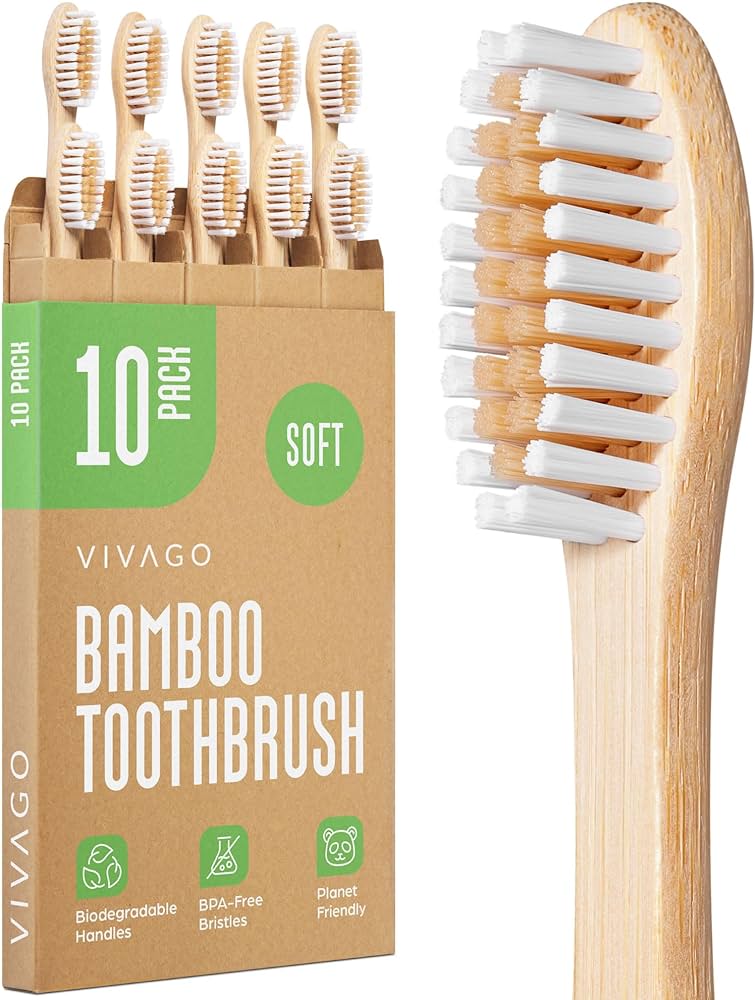
Preventive Replacements:
How Often Should You Replace Your Toothbrush to Ensure Optimal Hygiene?
Regularly replacing your toothbrush is crucial to maintaining optimal hygiene and effectiveness.
Replacement Guidelines:
Every Three Months:
Standard Practice: Replace your toothbrush every three months or sooner if the bristles become frayed or worn out. An old toothbrush is less effective in cleaning and can harbor more bacteria.
After Illness:
Post-Illness Replacement: After recovering from an illness, consider replacing your toothbrush to eliminate any remaining germs that sanitation might not have fully removed.
Choosing the Right Toothbrush:
Type and Quality:
Soft Bristles: Opt for a toothbrush with soft bristles to reduce gum irritation and ensure effective cleaning.
Reputable Brands: Choose toothbrushes from reputable brands known for quality and reliability. Look for options with antimicrobial properties if available.
Family Hygiene:
How Can Shared Household Practices Prevent Cross-Contamination?
Managing hygiene practices collectively in a household can prevent cross-contamination and ensure the health of all family members.
Individual Storage:
Separated Holders:
Personal Storage: Use individual storage containers or holders for each family member’s toothbrush to avoid cross-contact.
Distance Between Brushes: Ensure ample distance between stored toothbrushes to prevent droplets and germs from spreading between them.
Family Cooperation:
Collective Effort: Educate all household members about the importance of cleaning and replacing toothbrushes, particularly after illness.
Regular Checks: Regularly check and remind family members to maintain their toothbrush hygiene by cleaning and replacing them as necessary.
Travel Hygiene:
What Practices Should You Follow for Sanitizing Toothbrushes While Traveling?
Maintaining toothbrush hygiene while traveling requires special attention to ensure safety and cleanliness.
Portable Sanitizers:
Travel-Friendly Options:
Compact UV Sanitizers: Invest in portable UV sanitizers designed for travel to keep your toothbrush germ-free on the go.
Antimicrobial Cases: Use antimicrobial travel cases that inhibit bacterial growth and keep your toothbrush protected.
Proper Drying:
Avoid Moisture:
Pre-Drying: Ensure your toothbrush is dry before packing it for travel. Pat dry with a towel and leave it out to air dry as much as possible before packing.
Ventilated Cases: Use ventilated travel cases that allow airflow to prevent moisture retention, which could encourage bacterial growth.
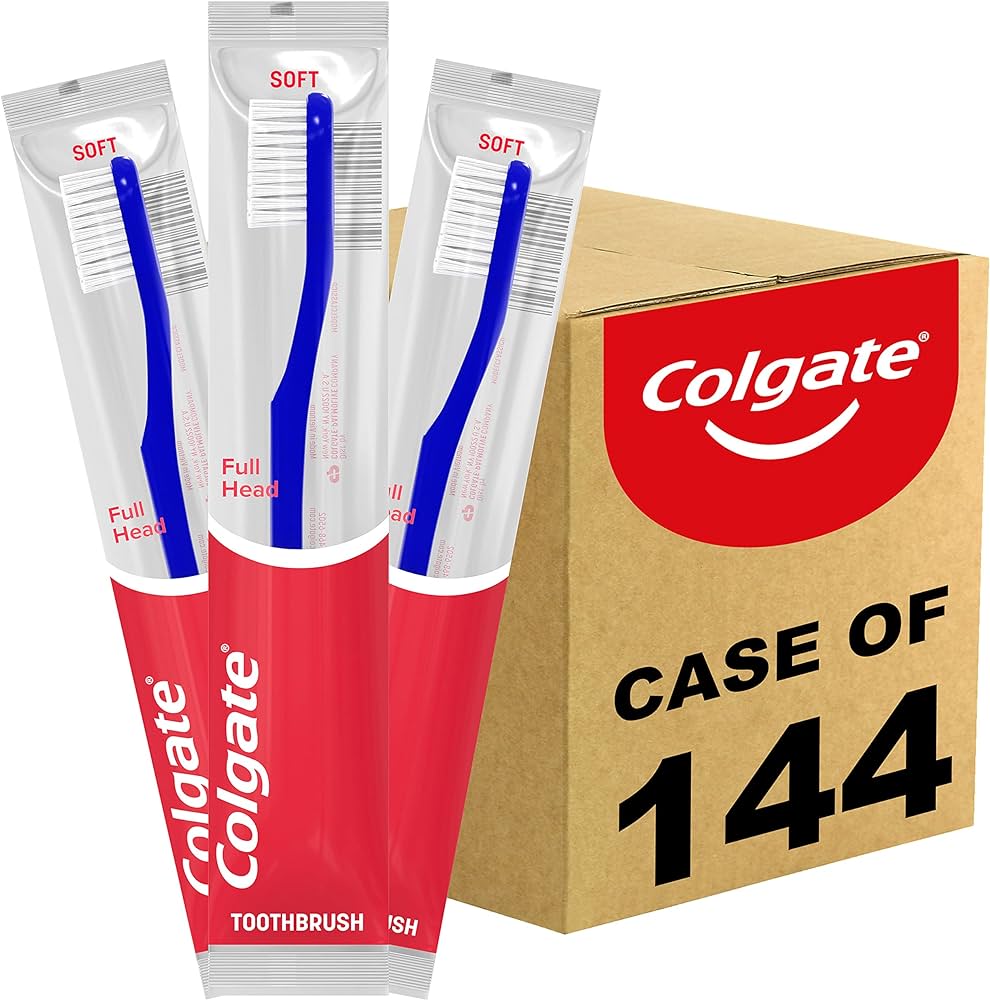
Continuous Hygiene:
How Can Regular Hygiene Practices Support Overall Health and Well-Being?
Incorporating consistent hygiene practices into your daily routine can significantly impact overall health and well-being.
Oral Hygiene Routine:
Daily Practice:
Regular Brushing: Brush your teeth at least twice a day using proper techniques and fluoride toothpaste to maintain oral health.
Flossing and Rinsing: Include flossing and using an antimicrobial mouthwash to remove plaque and bacteria between teeth and gums.
Healthy Habits:
Balanced Diet:
Nutrition: Maintain a balanced diet rich in vitamins and minerals to support oral health and the immune system.
Hydration: Stay hydrated to help keep your mouth moist, which reduces bacterial growth and supports overall health.
Medical Checkups:
Regular Visits:
Dental Appointments: Schedule regular dental checkups and cleanings to maintain optimal oral health and catch potential issues early.
Health Monitoring: Monitor your overall health and seek medical advice when necessary, aiming to maintain a robust immune system and general well-being.
Conclusion
Cleaning your toothbrush after being sick is an essential step in preventing reinfection and maintaining good oral hygiene. By understanding the importance of sanitation, utilizing effective cleaning methods, adopting preventive replacement practices, and promoting overall hygiene, you can ensure optimal health and safety. Incorporating these practices into your daily routine and making eco-friendly choices further enhances both personal well-being and environmental responsibility.

